By Jessie Todd Johnson
MSNHA graduate assistant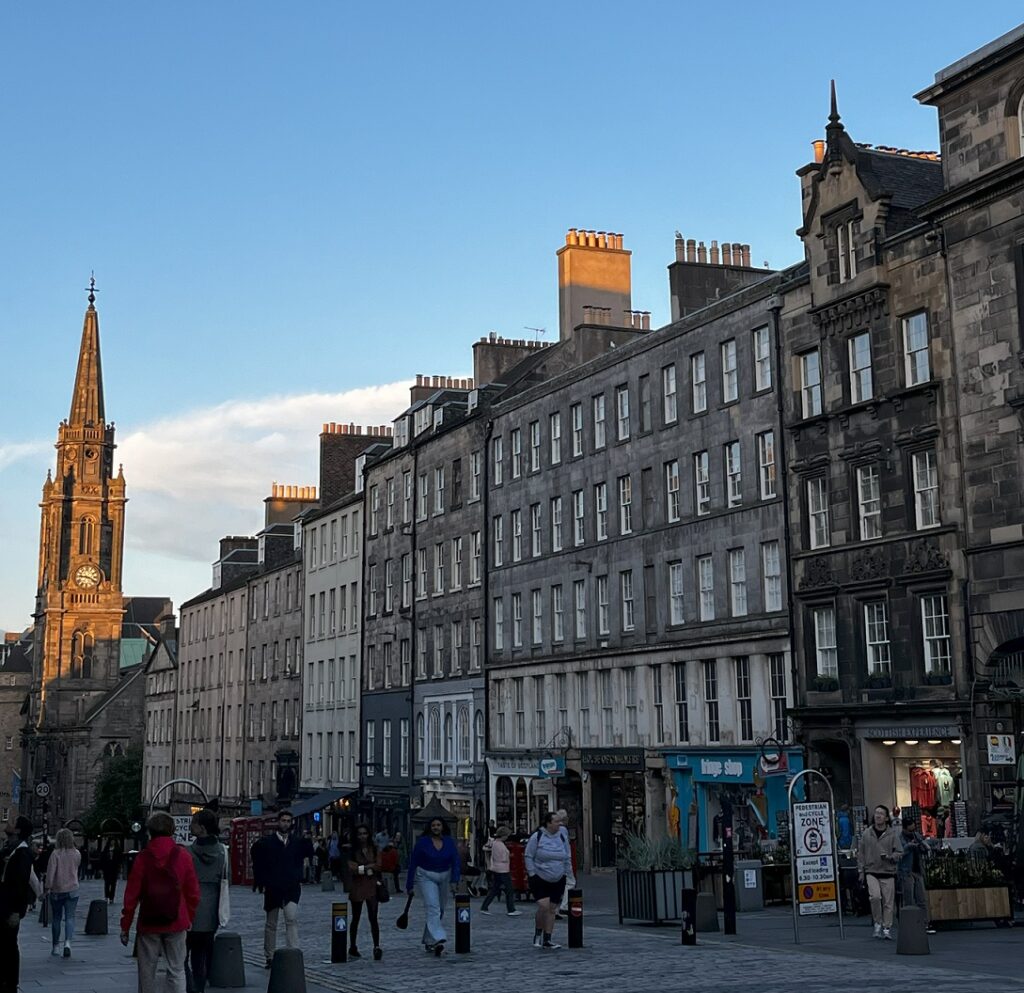
Cultural heritage in Scotland is not much different than it is here. We spent our second week in Scotland in Edinburgh, where we visited a variety of museums. The history of Edinburgh spans several hundreds of years and is full of nuances. In Edinburgh the rich and poor lived on top of each other, with the poor living in extreme poverty just floors above the wealthiest in the city. Because of this, the history of the city can be told and interpreted in a variety of ways. The two museums I visited that focused on the history of the city itself were The People’s Museum and The Museum of Edinburgh.
As the name suggests, The People’s Museum tells the history of Edinburgh through the lives of the working class. This museum’s message is more political than the other museums I visited; however, it does shed light on a group of people that have typically been marginalized. The information within the museum discusses the evolution of Friendly Societies — groups that took care of a member’s family if a member sustained injury or death — to modern-day labor unions. The museum also looked at the expansion of suffrage, from the fact that only 33 people elected the city’s parliamentary representative to city-wide suffrage. The history of the working class is political, which makes it difficult to remain non-political when discussing it. The People’s Museum focused not only on workers’ politics but also on their personal lives by sharing how they lived and how they spent their off-days. This inclusive history fleshed out the lives and experiences of Edinburgh’s 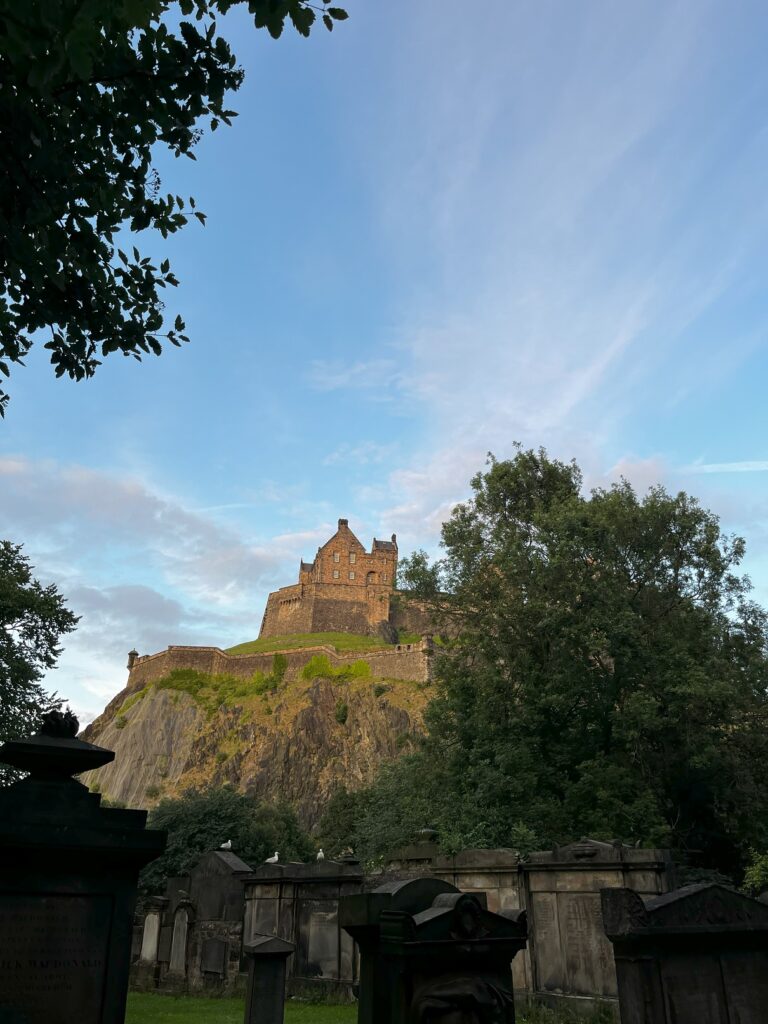 working class from the inception of the city through the 1900s. The history of the working class in most major cities is overlooked, so having a local museum dedicated to that history is important.
working class from the inception of the city through the 1900s. The history of the working class in most major cities is overlooked, so having a local museum dedicated to that history is important.
The Museum of Edinburgh is also dedicated to telling the history of the city; however, it provides a more glamorous account. The museum focuses minimally on people — even relatively famous or well-known citizens — and instead focuses on significant events of the city and those that impacted it. But this approach left me wanting to know more. People are what make history so much fun and what allows us to connect with the past. Leaving people out of much of the museum was a disservice to the history of the city. These two examples demonstrate how museums can interpret the same idea in different ways.
While in Edinburgh we visited other museums as well: The National Museum of Scotland, the National Museum of Rural Life, Dynamic Earth and Edinburgh Castle. Besides Dynamic Earth, these other museums focus on the history of Scotland. These bigger museums are often what one pictures as pillars of cultural heritage. And to an extent, they are. The national story and the impact of Scotland on the world cannot be overlooked. However, smaller stories that are just as important aren’t discussed in these spaces due to the large nature of the mission. Smaller museums such as The People’s Museum and The Museum of Edinburgh are as important to cultural heritage as local museums in the Muscle Shoals National Heritage Area. My trip to Scotland was amazing and left me wanting to explore and learn more about my own cultural heritage.
Note: This concludes Johnson’s blog posts about her Scotland trip but come back next week for the launch of her next fascinating series.
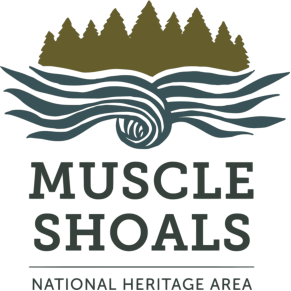
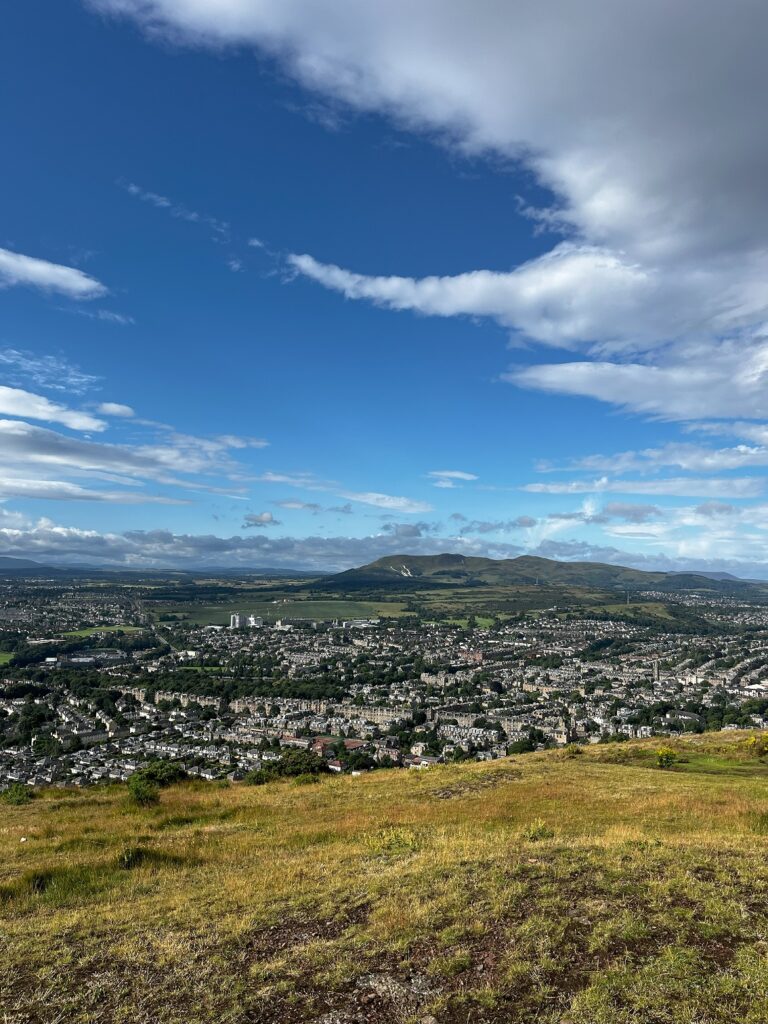
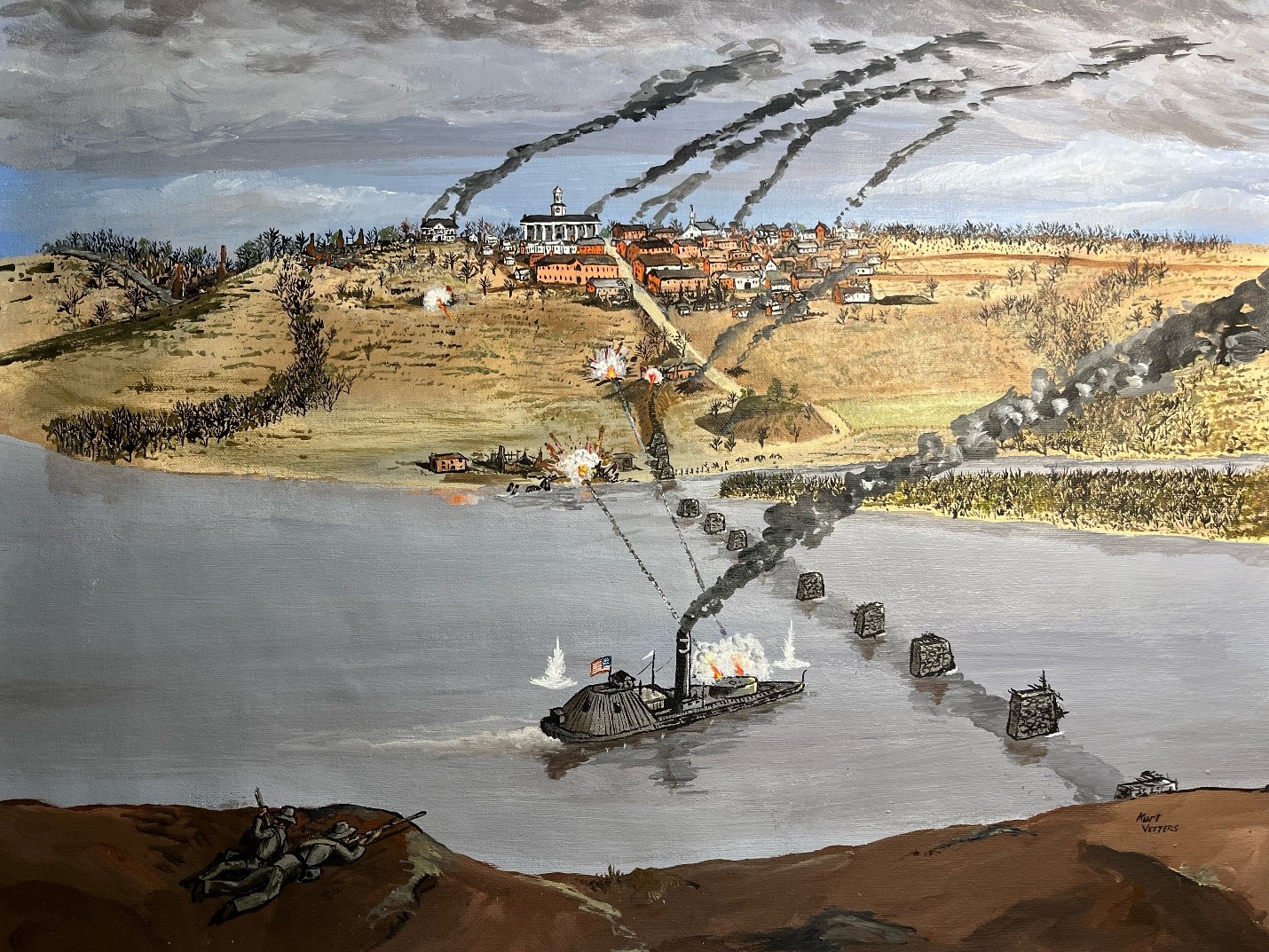
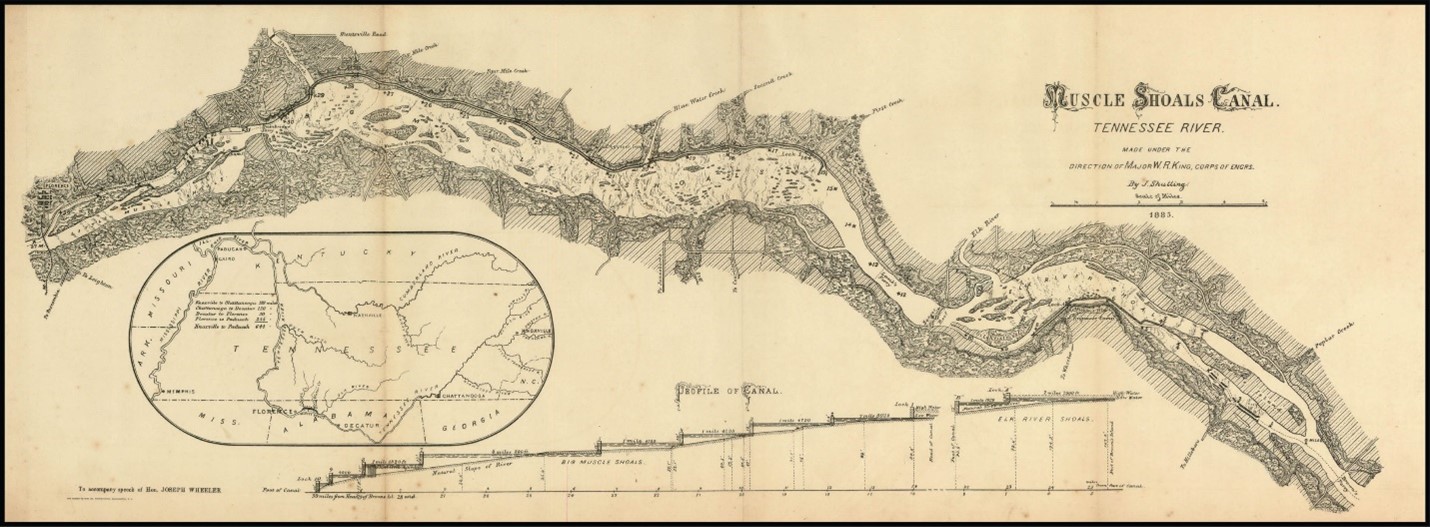
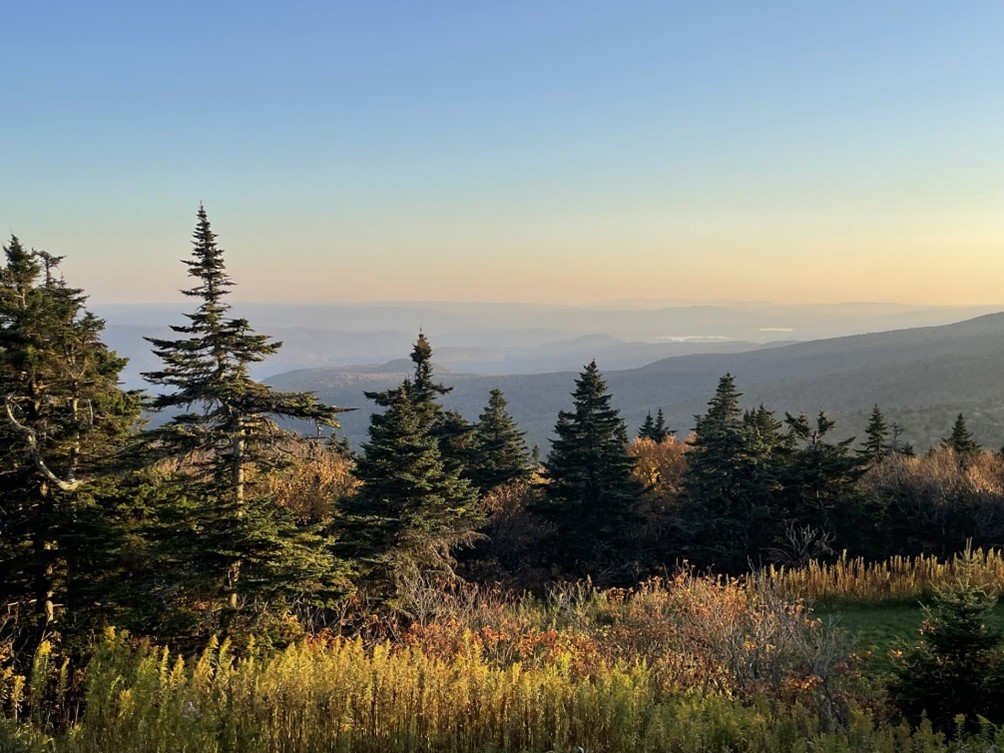
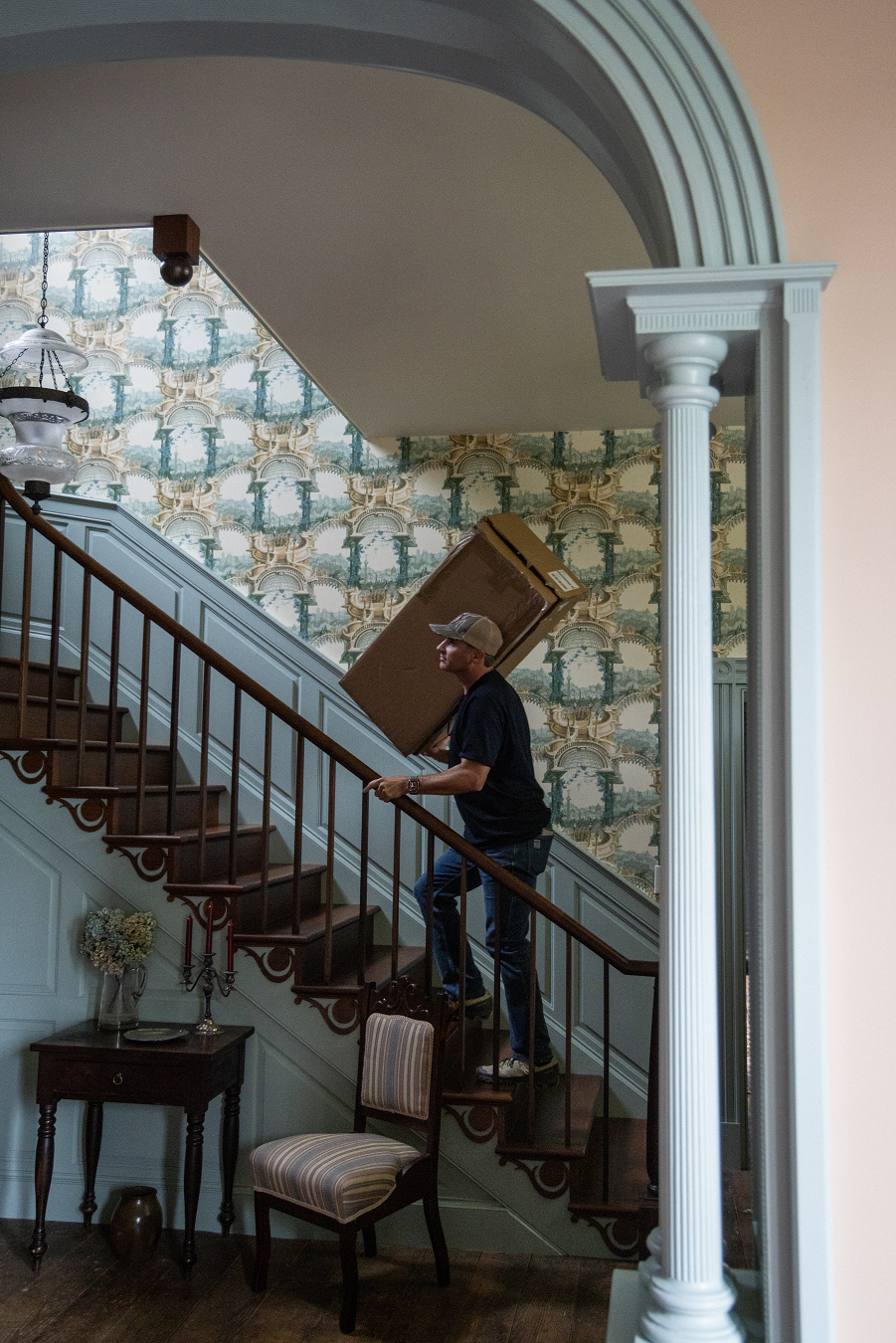
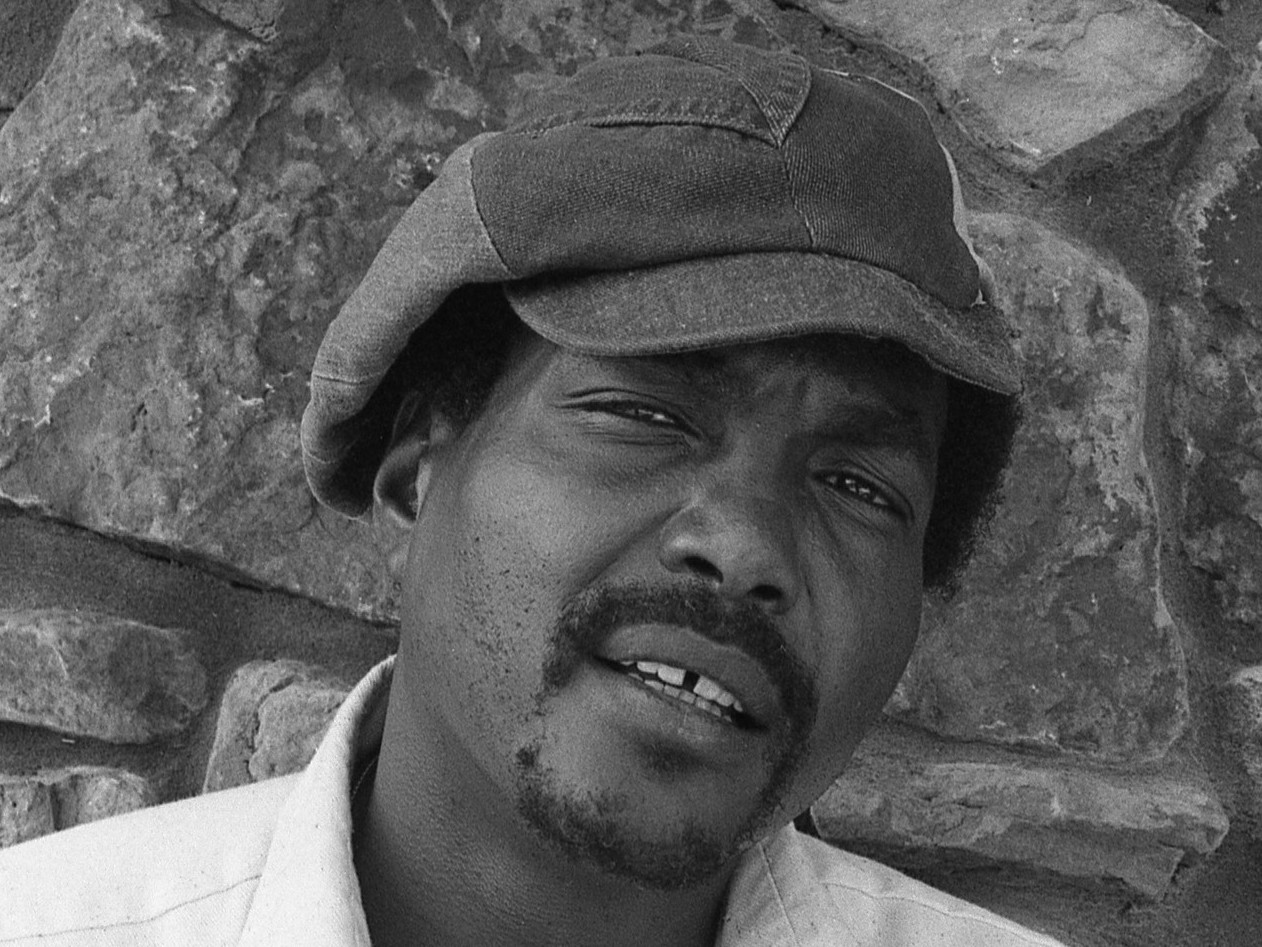
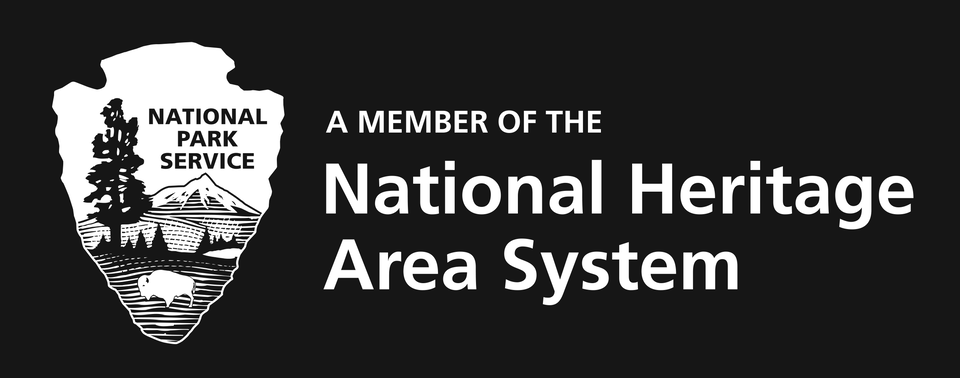
One Response
Beautiful story and so glad you had the international experience with your UNA classmates! I look forward to returning myself:)